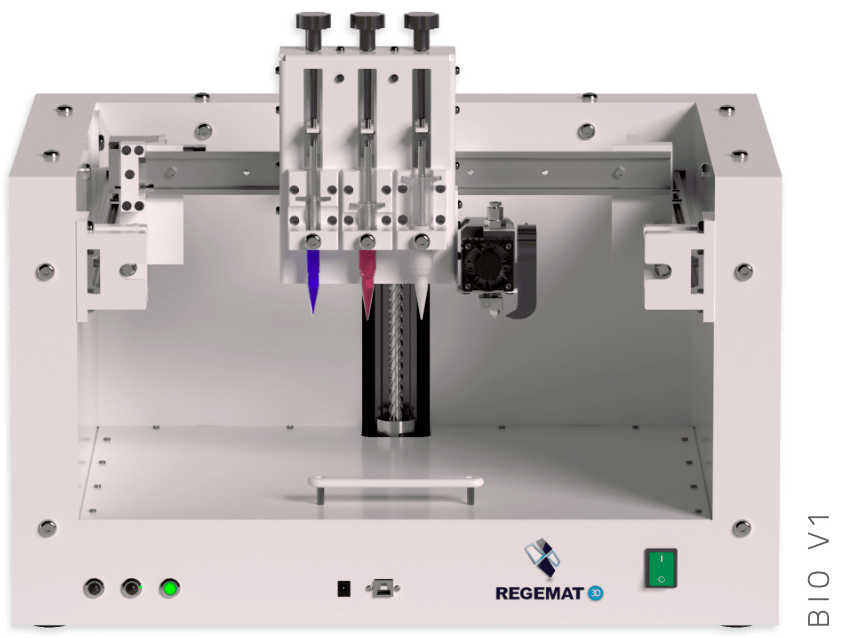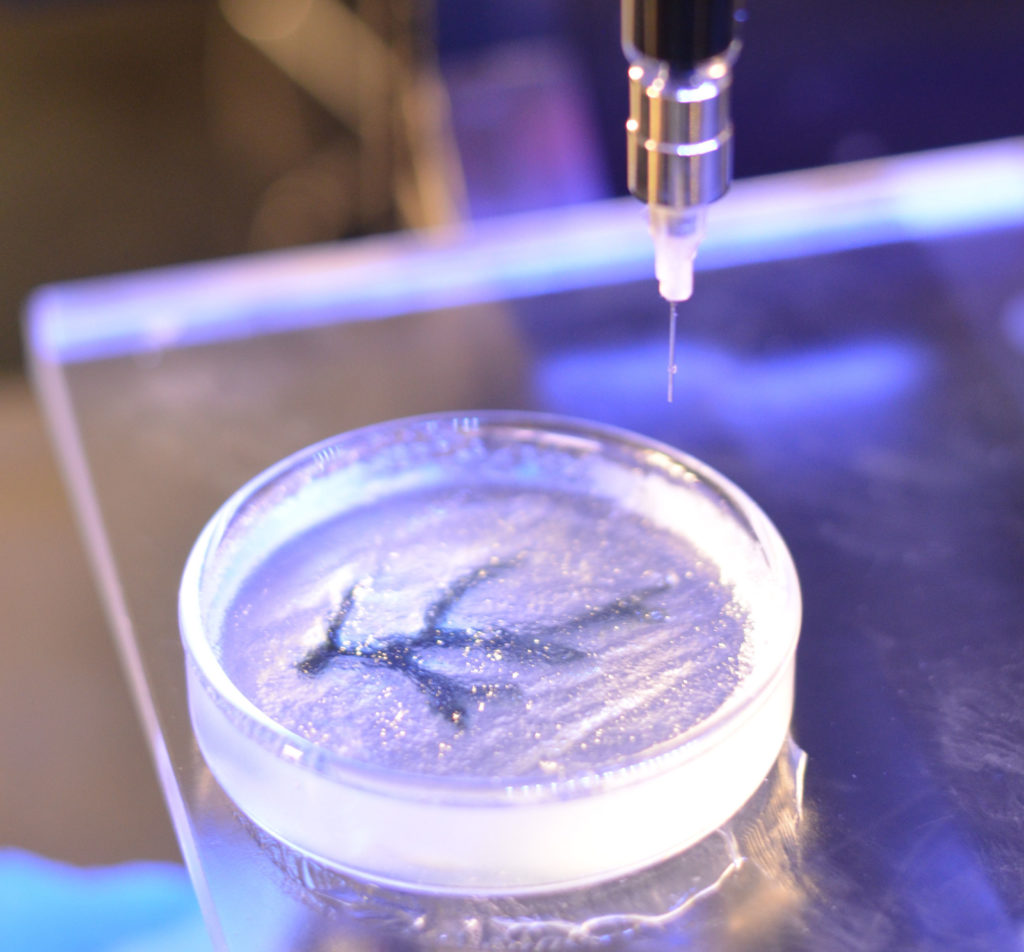The Human Genome Project lasted from 1990 to 2003 and resulted in the cost-effective mapping of human DNA. Several countries, companies, and dozens of research centers worldwide cooperated and competed to sequence the human genome. Widely covered in the press, the project happened amid a great deal of techno optimism.
For a reported $3 billion, the project seems like an extremely successful effort. Indeed, its consequences have been so widespread and opened the doors to so many fields of research that it is difficult to see just how complete its influence has been. It has furthered research into rare diseases and biology. It also enabled our CRISPR-made vaccines, new polymers, DNA databases for crime-solving, the production of traditional medicine, as well as a better understanding of us humans, every one. By one estimation it created an economic impact of $796 billion. That’s quite the ROI for DNA.
And, yet, we’d expect this effort to have brought forth many more like it in the years since, but this is not the case. The much longer and much more expensive ITER search for affordable fusion energy is a notable exception. This remarkable effort is set to last many decades and could have huge impacts, as well. Another exception to the rule is the massive CERN particle accelerator. However, given the impact, multi-national, multi-billion dollar research projects have been rare.
Bioprinting the Big Lie
This is a shame because I’m beginning to think we need a “Human Vascularization Project” to make true bioprinting a reality. First off, most of what you’ve learned about bioprinting is probably a lie. The ear, heart, kidney—all of those things were exaggerated.
Imagine I took a piping bag full of pate and then made a shape like a liver. Technically, I’d have turned dead liver cells into a liver structure. I’m no closer to making a functioning liver than I was before, but let’s not tell CNN this. I’m thoroughly disappointed in many researchers worldwide and in many storied universities who routinely exaggerate the capabilities and significance of their bioprinting research. This may make a bioprinted reality seem much closer than it is.

Regemat’s bioprinting technology. . Image courtesy of Regemat 3D.
In actual fact, even though progress is being made, were are decades away from most bioprinted organs. Technical challenges abound from scalability, to resolution, size, actually being able to implant organs and much more. There will also be a number of challenges that we don’t know yet what they are until we get to future stages.
History in Heart Transplants
Please remember that while heart transplant surgery was first done in animals in 1905, the first human heart transplant was in 1967. Auxiliary machines, medicines to reduce rejection, a wide variety of techniques and procedures had to be developed over five decades to make human heart transplants what they are today. Even now only around 3,500 human heart transplants are being carried out now, with a death rate of 4% a year.
Someone in the 1970s could be forgiven for believing that the procedure would be much more common and allow everyone to live forever. This kind of similarly optimistic view pervades our limited understanding of bioprinting. Yes, our TVs are getting cheaper and your new computer is amazing ,but we’re talking about an altogether different technical challenge here.
We must understand that heart transplants are rare technologies, which came forth from the same fountain of knowledge as angioplasty and pacemakers that are much more prevalent. Angioplasties are performed over 600,000 times a year in the U.S., while over 3 million people have pacemakers. So, heart transplants grabbed the headlines, but, decades on, it is still not facile. However, it has ushered in ancillary treatments that benefit millions.
Technologies will develop, of that we can be sure, but how is something we can never be certain of. Microwaves were discovered by accident because someone put a chocolate bar in their pocket at a telecom lab. It is doubtful that the people working on the laser foresaw its applications in hair removal, eye surgery, playing music, and printing. But, each of these technologies were a border beyond which nothing was possible. They each opened up many worlds of technological discovery because they transformed what one could do at the frontier of science.

Advanced BioMatrix uses its collagen bioinks to 3D bioprint a small artery. Image courtesy of Advanced BioMatrix/BICO.
The ability to bioprint organs is just such a frontier. It could save very many lives. However, please understand that it may do so in a very different way than we might think. 3D printing organs may be be rare, but new veins or printed skin could revolutionize the treatment of cardiovascular and skin disease.
Bioprinting could be one of the most impactful developments that we jointly undertake as humankind. Though many universities are working on this technology worldwide, we don’t see a lot of cooperation. Indeed, there seems to be a mad scramble going on for IP and to become dominant in on organ system. There are no standards as of yet. Everyone seems to know that there will be Nobels in the offing. “You take cartilage, we’ll go for the spleen.” That seems to be the plan right now. The result is a convoluted landscape.
A Human Vascularization Project
Government labs are getting millions and there are millions invested in startups, as well. This won’t be enough. What’s more, with the fragmented technology-scape, it’s all rather inefficient.
One challenge that everyone has is vascularization, in which a tissue or an organ is connected to blood vessels to be supplied with nutrients and oxygen. Tissue and bioprinted implants will need to be vascularized to live. Otherwise, they’ll be useless.
In many startups and research groups there is comparatively little attention payed to vascularization, with most of the work being directed towards making the organ system itself. The crucial step to making bioprinting work is vascularization and other than a coincidental discovery, I don’t see how this is to happen by itself.
What I suggest therefore is a global human vascularization project that will look at successfully vascularizing tissue. This will be of benefit to hooking up transplant organs, will help bioprinting become a reality, but also aid in combatting cardiovascular disease, currently one of the leading causes of death in humans. Sometimes, the future is obvious.
Feature image: a lung lobe 3D printed using 3D Systems’ Print-to-Perfusion technology by United Therapeutics. Image courtesy of United Therapeutics.
Subscribe to Our Email Newsletter
Stay up-to-date on all the latest news from the 3D printing industry and receive information and offers from third party vendors.
You May Also Like
3D Printed Heat Spreader Could Improve Efficiency of Electronics
The low-hanging fruit for decarbonization has long been improving the efficiency of existing systems, hence the justification for LED lights and ENERGY STAR certified appliances. While such minor moves are...
3D Printing News Unpeeled: Marine Gearboxes, 3D Printed Motors and $1.7 Million in Seed Funding
UK based Equipmake just released their Ampere-220 e-axle system. The system, which is meant for high performance electric cars, was similar to one released on the Ariel HIPERCAR. It has...
CEAD Unveils 36-Meter-Long 3D Printer for Abu Dhabi’s Al Seer Marine
CEAD, a Dutch original equipment manufacturer dedicated to large-format 3D printers, has unveiled what it claims to be the world’s largest robotic arm-based 3D printer. At 36 meters long and...
3D Printed Biocomposites Could Help Reduce Marine Plastic Pollution
Concerns about the impact of plastic litter and microplastics in the oceans are at the forefront of environmental study. For decades, the marine environment has suffered from the degradation of...




































